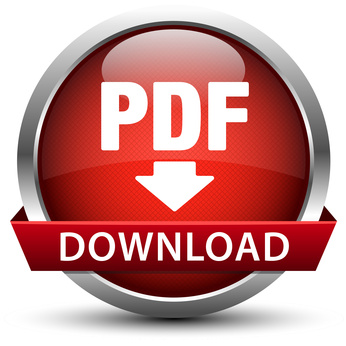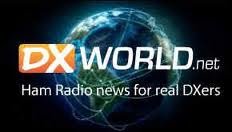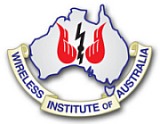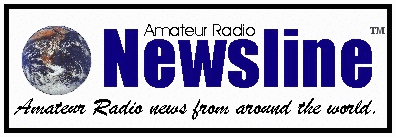HAM RADIO - A to Z / HAM NEWS



Translate This Page
Time UTC/GMT
Where do I start?
Amateur Radio is regulated by the Federal Communications Commission (FCC) under the Communications Act of 1934. It is also subject to numerous international agreements. All Amateur Radio operators must be licensed. In the U.S. there are three license classes. Each successive level of license comes with an expansion of privileges. Your entry into Amateur Radio begins with a Technician Class License.
Earning each license requires passing an examination. Although regulated by the FCC, license exams are given by volunteer groups of Amateur Radio operators. Operating under organizations called Volunteer Examiner Coordinators, volunteers administer and grade tests and report results to the FCC, which then issues the license. U.S. licenses are good for 10 years before renewal, and anyone may hold one except a representative of a foreign government.
( No Morse code test is required for General or Amateur Extra Class License as of Feb. 23, 2007 )
What Amateur Radio licenses are available?
Technician License : The Technician class license is the entry-level license of choice for most new ham radio operators. To earn the Technician license requires passing one examination totaling 35 questions on radio theory, regulations and operating practices. The license gives access to all Amateur Radio frequencies above 30 megahertz, allowing these licensees the ability to communicate locally and most often within North America. It also allows for some limited privileges on the HF (also called "short wave") bands used for international communications.
LEVEL 1: Technician Class License
-
Exam Requirement: 35-question Technician Written Exam (Element 2).
-
Privileges: All VHF/UHF Amateur bands (frequencies above 30 MHz).
The FCC Technician License exam covers basic regulations, operating practices and electronics theory, with a focus on VHF and UHF applications. Morse code is not required for this license. With a Technician Class license, you will have all ham radio privileges above 30 MHz. These privileges include the very popular 2-meter band. Many Technician licensees enjoy using small (2 meter) hand-held radios to stay in touch with other hams in their area. Technicians may operate FM voice, digital packet (computers), television, single-sideband voice and several other interesting modes. You can even make international radio contacts via satellites, using relatively simple station equipment. Technician licensees now also have additional privileges on certain HF frequencies. Technicians may also operate on the 80, 40 and 15 meter bands using CW, and on the 10 meter band using CW, voice and digital modes.
General License : The General class license grants some operating privileges on all Amateur Radio bands and all operating modes. This license opens the door to world-wide communications. Earning the General class license requires passing a 35 question examination. General class licensees must also have passed the Technician written examination.
LEVEL 2: General Class License
-
Exam Requirements: 35-question General written exam (Element 3).
-
License Privileges: All VHF/UHF Amateur bands and most HF privileges (10 through 160 meters).
The General Class license is the second of three US Amateur Radio licenses. To upgrade to General Class, you must already hold a Technician Class license (or have recently passed the Technician license exam). Upgrading to a General license--which conveys extensive HF privileges—only requires passing a written examination. Once you do, the entire range of operating modes and the majority of the amateur spectrum below 30 MHz become available to you. The FCC grants exam Element 3 credit to individuals that previously held certain older types of licenses. Find valid forms of Examination Element Credit.
Amateur Extra License : The Amateur Extra class license conveys all available U.S. Amateur Radio operating privileges on all bands and all modes. Earning the license is more difficult; it requires passing a thorough 50 question examination. Extra class licensees must also have passed all previous license class written examinations.
LEVEL 3: Extra Class License
-
Exam Requirement: 50-question Extra written exam (Element 4).
-
License Privileges: All Amateur band privileges.
General licensees may upgrade to Extra Class by passing a 50-question multiple-choice examination. No Morse code test is required. In addition to some of the more obscure regulations, the test covers specialized operating practices, advanced electronics theory and radio equipment design. Non-licensed individuals must pass Element 2, Element 3 and Element 4 written exams to earn an Extra License. The FCC grants exam element 3 credit to individuals that previously held certain older types of licenses. Find valid forms of Examination Element Credit.
The HF bands can be awfully crowded, particularly at the top of the solar cycle. Once one earns HF privileges, one may quickly yearn for more room. The Extra Class license is the answer. Extra Class licensees are authorized to operate on all frequencies allocated to the Amateur Service.
Learn More at : http://www.arrl.org/getting-licensed
How do I prepare for the license exam?
Many publishers, including the ARRL, offer books, courses and computer software to facilitate self-study for the Amateur Radio licenses. In addition, some local Amateur Radio clubs offer licensing classes. Some clubs also provide mentoring support to help new licensees get started.
Practice tests and study aids are available from many sources. Here are a few you may find helpful:
-
qrz.com How to Become a Ham
-
qrz.com Practice Tests
-
eHAM Practice Tests
-
ARRL Question Pool
-
aa9pw.com Practice Exams by Email or on line
-
HamTestOnline.com - Get your ham radio license! No Morse code required!
-
Amateur Radio Study Guide
-
HamElmer.com
-
Frequency Allocations US Amateur Radio Bands
http://www.handiham.org/index.php?menu=1 Handihams is a non-profit organization that provides assistance for individuals with disabilities.
For more information on a licensing class near you, go to ARRL’s class search. http://www.arrl.org/FandES/courses/
Contact a ham radio club near you to find out about classes that may be forming. Find a club near you through our club search. http://www.arrl.org/FandES/field/club/clubsearch.phtml
To locate an exam session, use our exam session search. http://www.arrl.org/arrlvec/examsearch.phtml
What do I need to bring to an exam session?
Exam sessions are conducted by volunteers working under the direction of the FCC. There will likely be a charge for taking the exam. There is no FCC fee for an initial license, or standard changes to a license. However, there are fees for other FCC services. The exam fee is set by the local exam administrator, the Volunteer Exam Coordinator (VEC), and is usually $14 or less. Contact the exam session administrator to determine the fee that applies to the exam session you plan to attend.
Bring a picture ID (drivers license, passport) OR, when no photo ID is available, two forms of identification must be presented (birth certificate, report card, library card, Social Security card, utility bill, bank statement, etc.). Students may bring a school ID, and/or a written note from a legal guardian. To be prepared you should also bring two number two pencils with erasers and a pen. A calculator with the memory erased is allowed. You may not bring any written notes or calculations into the exam session.
UTC/GMT Conversion
Since radio signals can cross multiple time zones and the international date line, some worldwide standard for time and date is needed. This standard is coordinated universal time, abbreviated UTC. This was formerly known as Greenwich mean time (GMT). Other terms used to refer to it include "Zulu time" (after the "Z" often used after UTC times), "universal time," and "world time."
UTC is used by international shortwave broadcasters in their broadcast and program schedules. Ham radio operators, shortwave listeners, the military, and utility radio services are also big users of UTC.
Greenwich mean time was based upon the time at the zero degree meridian that crossed through Greenwich, England. GMT became a world time and date standard because it was used by Britain's Royal Navy and merchant fleet during the nineteenth century. Today, UTC uses precise atomic clocks, shortwave time signals, and satellites to ensure that UTC remains a reliable, accurate standard for scientific and navigational purposes. Despite the improvements in accuracy, however, the same principles used in GMT have been carried over into UTC.
UTC uses a 24-hour system of time notation. "1:00 a.m." in UTC is expressed as 0100, pronounced "zero one hundred." Fifteen minutes after 0100 is expressed as 0115; thirty-eight minutes after 0100 is 0138 (usually pronounced "zero one thirty-eight"). The time one minute after 0159 is 0200. The time one minute after 1259 is 1300 (pronounced "thirteen hundred"). This continues until 2359. One minute later is 0000 ("zero hundred"), and the start of a new UTC day.
------------------------------------------------
------------------------------------------------
A major source of confusion when using UTC is that the date also follows UTC. Suppose your local time zone is Central standard, and you want to hear a shortwave program scheduled to be broadcast at 0400 UTC Saturday. You do the math, and find that 0400 UTC is equal to 10:00 p.m. Central standard time. If you tune in at 10:00 p.m. on Saturday, however, you won't hear the program. Since the date is also UTC, you need to listen at 10:00 p.m. Friday to hear the program.
To hear the latest time in UTC, you can tune to stations WWV, in Fort Collins, Colorado WWVH, on Kauai, Hawaii 2500, 5000, 10000 and 15000 kHz to hear the time announced in UTC each minute. WWV uses a man's voice to give the time, while WWVH uses a female voice. If you live in the central or eastern United States, and those frequencies aren't usable, you can tune to station CHU, in Ottawa, Ontario, Canada on 3330, 7850 and 14670 kHz, to hear the current UTC time. If you're like many radio hobbyists, you will soon add a second clock set to UTC to your collection of radio gear.
The World of Amateur Radio
Amateur Radio News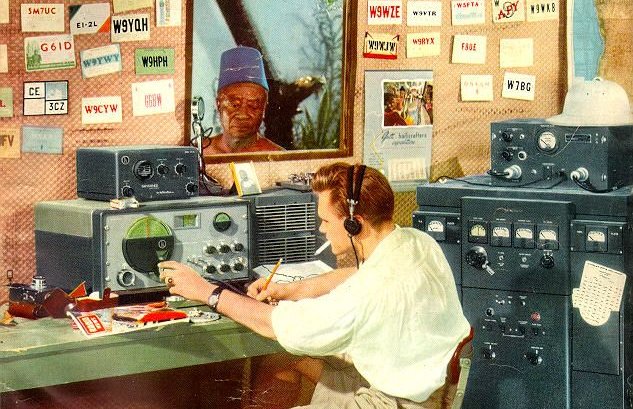
Amateur Radio News Wire
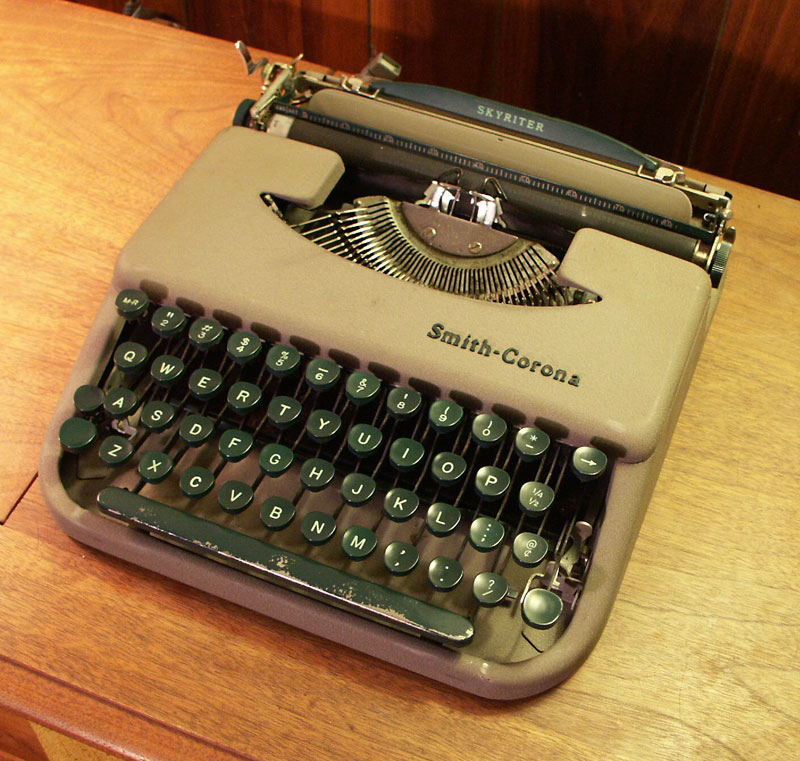
Latest Ham Radio News Feeds
and links from the World of Ham Radio News!
Keeping Amateur Radio Operators Informed Worldwide!
(Note : some stories may be duplicated)
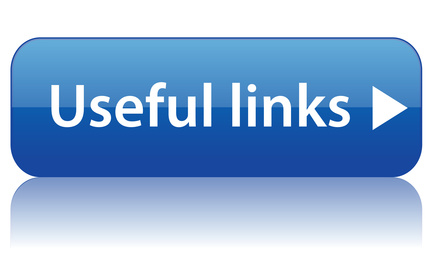
Newsletters
ham radio news bulletins, newsletters and latest dx info
http://www.dxzone.com/catalog/DX_Resources/Newsletters/
~R a d i o g r a m~
INTERACTIVE RADIOGRAM FORMS
The forms are interactive, which means you can type your Radiogram message directly into the form, then print out a completely filled-in form. Simply press the Tab key to move from one field to the next. It's really easy, and perfect for your home printer.
Need blank Radiogram forms? Simply print out as many copies of the Radiogram form as you like.
You should have a copy of every message that you handle, whether it was accepted for delivery, or simply relayed to another station. Messages should be retained for one year, then discarded.
All of the Radiogram forms can be saved once they are filled out. This can satisfy the need to keep a record of the messages you've handled, without storing a years worth of paper. Don't forget to back up your data files on a regular basis!
********************************************************************
The Radiogram Form prints on standard 11 x 8.5 inch paper. Two forms are printed on each page. This form is identical to product offered by the American Radio Relay League, with the exception of the black bar title accross the top of the page that consumes so much ink or toner.
Each word in the message Text is a separate data field. When you type in the message text, press the Tab key after each word. This allows you to quickly count the words and compare them to the message Check Count.
********************************************************************
Get the answering maching again? Try the 3 by 5 inch Postcard Radiogram Form.
The paper feed on most printers can be adjusted to accomodate off-sized paper, like the 3x5 card. Depending on what type of printer you have, this may or may not work for you. But you're a ham, so experiment and see what you can accomplish!
Where to get paper: Plain white 3 inch by 5 inch cards are available at anywhere office supplies are sold.
********************************************************************
For Emergency Services operations, use this ICS-213 interactive form. This is the format typically used for formal message handling during Amateur Radio Emergency Services (ARES) and Radio Amateur Civil Emergency Services (RACES) nets.
ARRL Message Form Instructions
RADIOGRAM Info. . .
2008 - 2017 Webmaster - KC0BRO
Page last updated 01/15/2018
Since 02/20/2008


© 2018 by KCØBRO RADIO CAFE


